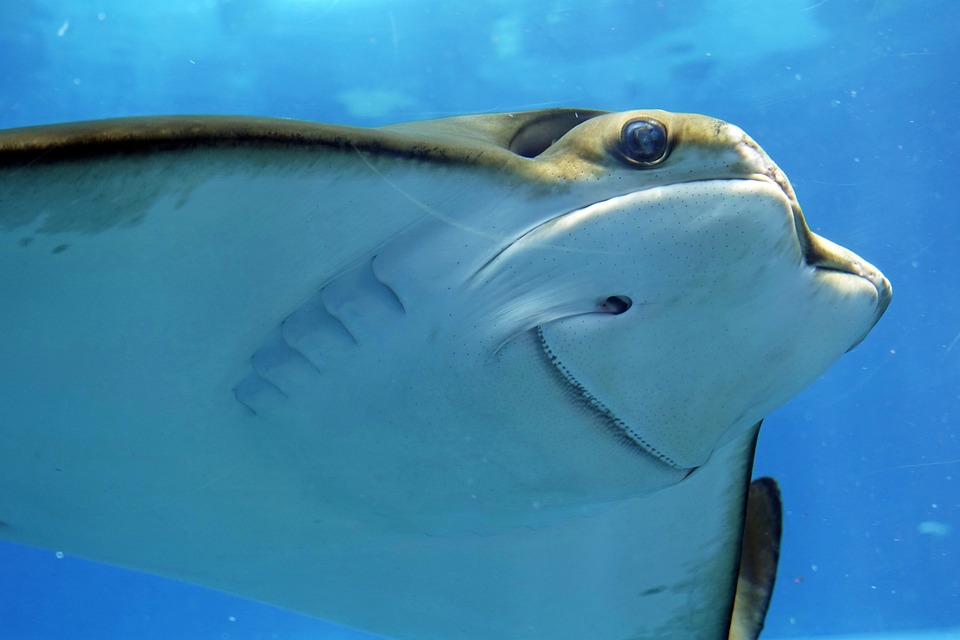The Mayan Cichlid, Mayaheros urophthalmus, is a non-native fish species that was introduced to South Florida in the early 1980s. Originally native to the Caribbean side of Mexico and Central America, this fish has adapted to survive in a variety of environments, including brackish estuaries, mangrove swamps, freshwater lakes, and even near-shore marine areas. The Mayan Cichlid is known for its striking greenish color with intense red markings, black stripes on the back, and a distinctive brown and turquoise eye spot near the tail.
With at least 1600 known species in the Cichlidae family, the Mayan Cichlid is just one of many members of this diverse group of freshwater fish. While they are not commonly found in the pet trade due to their large size and aggressive nature, they are considered good eating by humans and have been aquaculture-farmed in Mexico. In Florida, they are known to feed on invasive species such as Apple Snails, making them a potential ally in controlling these pests.
The presence of Mayan Cichlids in Florida has raised concerns about their impact on native species. While they are known to be aggressive predators that compete for food resources with native fish, conclusive evidence of their negative impact has yet to be proven. Despite this, the State of Florida encourages people to catch and kill as many Mayan Cichlids as possible to prevent further spread and potential harm to native ecosystems.
Although Mayan Cichlids are not officially listed as invasive in Florida, their slow expansion northward towards Tampa Bay is a cause for concern. Recent sightings of these fish in Pinellas County highlight the need for continued monitoring and management efforts to prevent further proliferation. By raising awareness about the presence of Mayan Cichlids and their potential impact on local ecosystems, we can work towards protecting Florida’s native wildlife and maintaining the balance of aquatic habitats in the region.
In conclusion, the Mayan Cichlid is a fascinating species with a complex history in Florida. As efforts continue to track and manage their presence in the state, it is important for residents and conservationists alike to stay informed and take action to prevent further spread of this non-native fish. By working together to address the challenges posed by invasive species like the Mayan Cichlid, we can help protect the unique biodiversity of Florida’s waters and ensure a sustainable future for our aquatic ecosystems.





